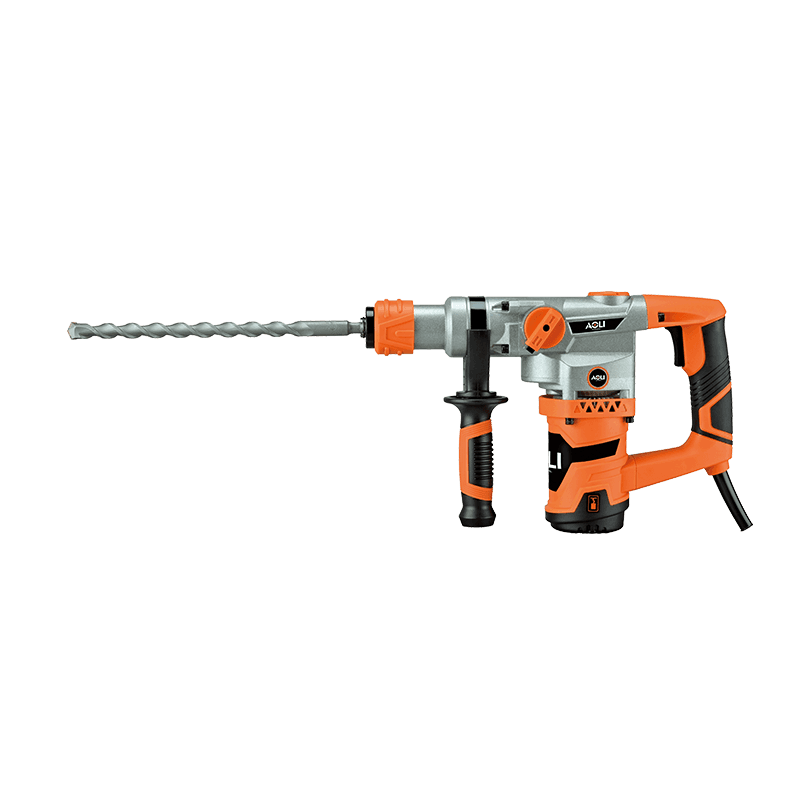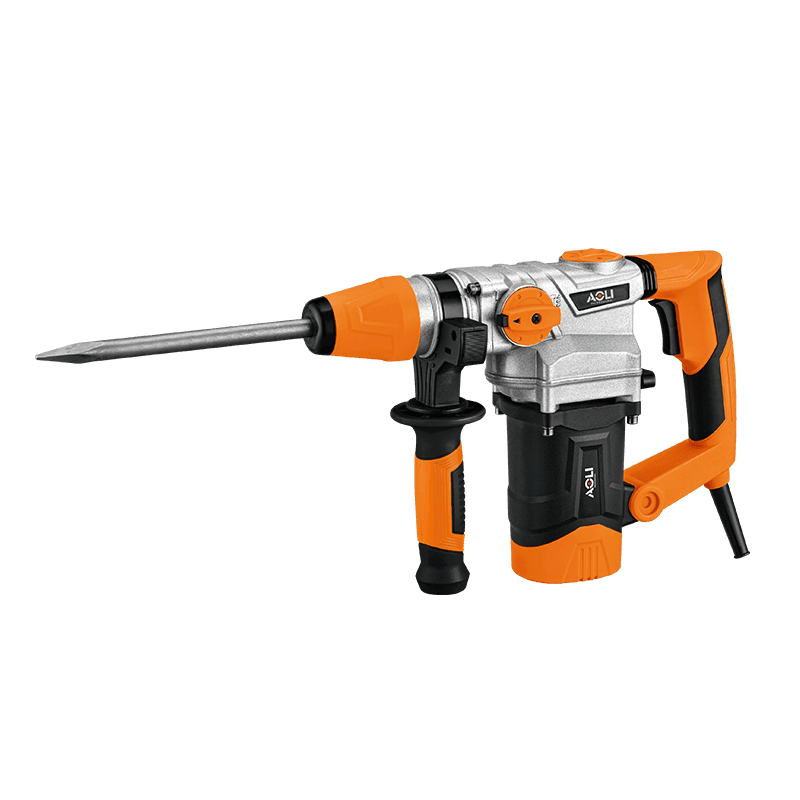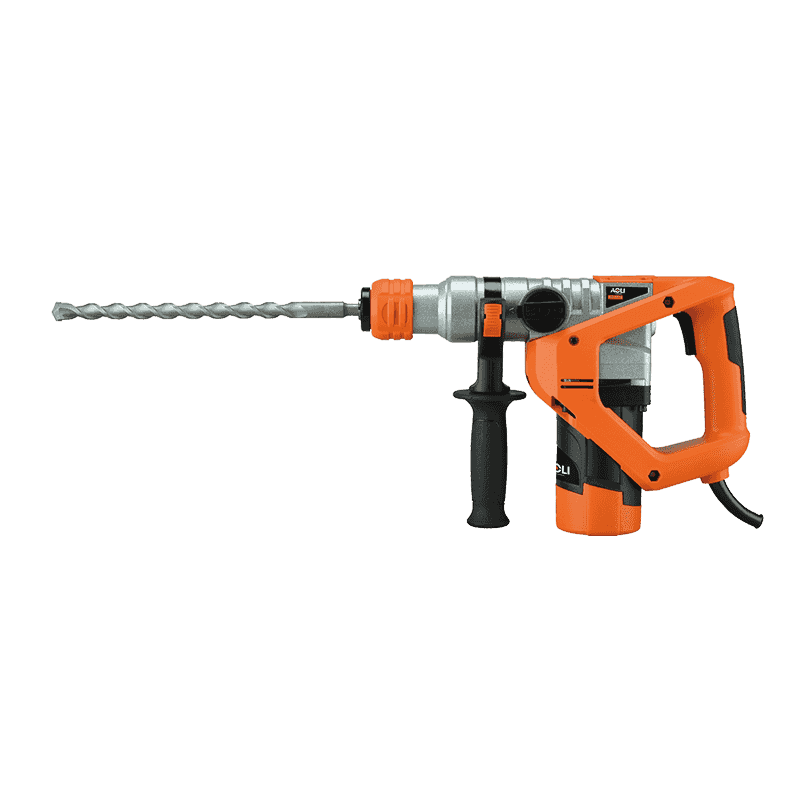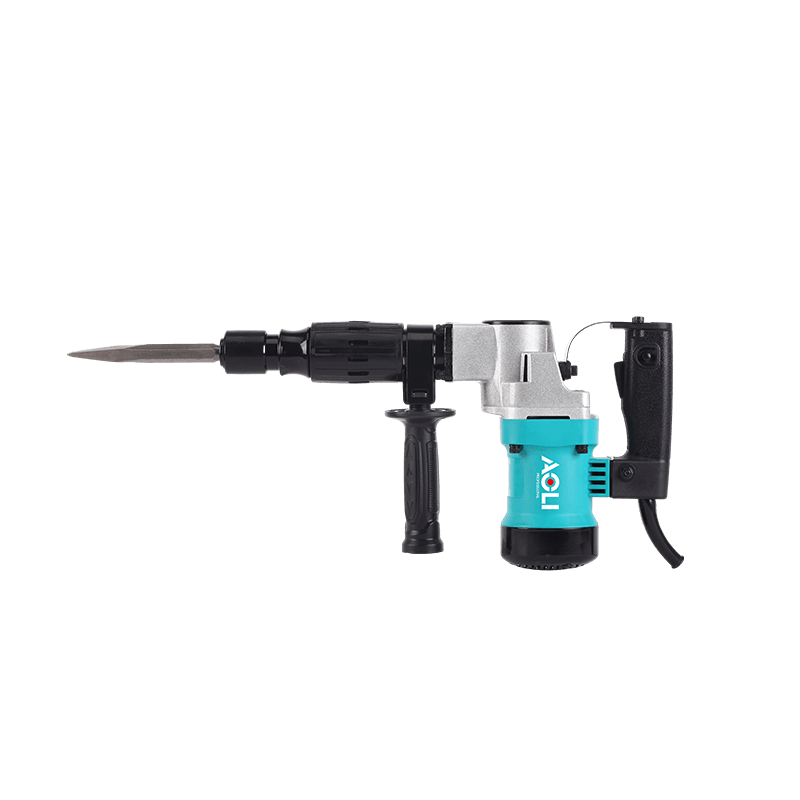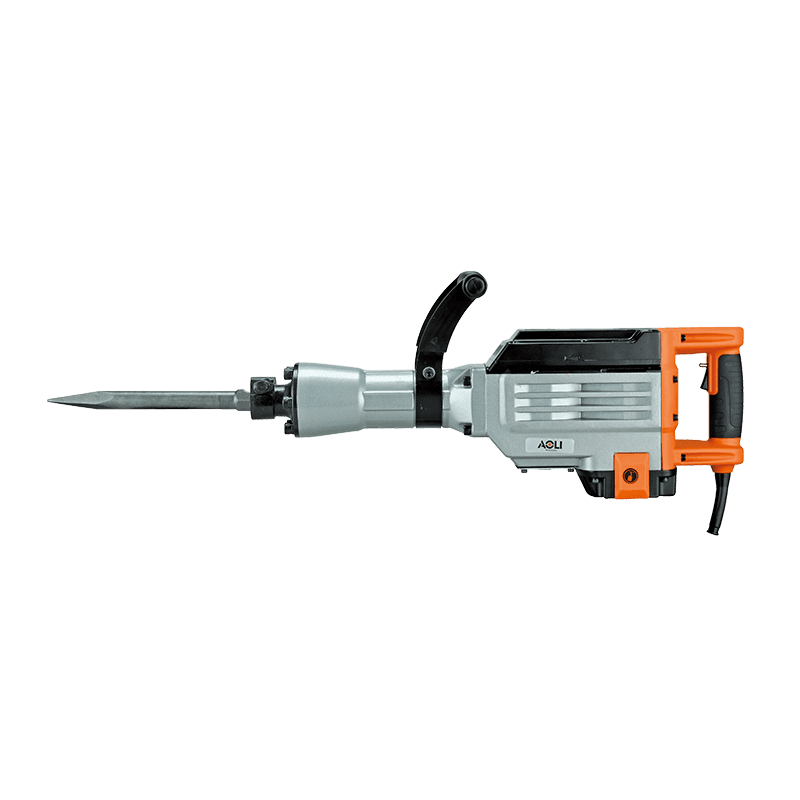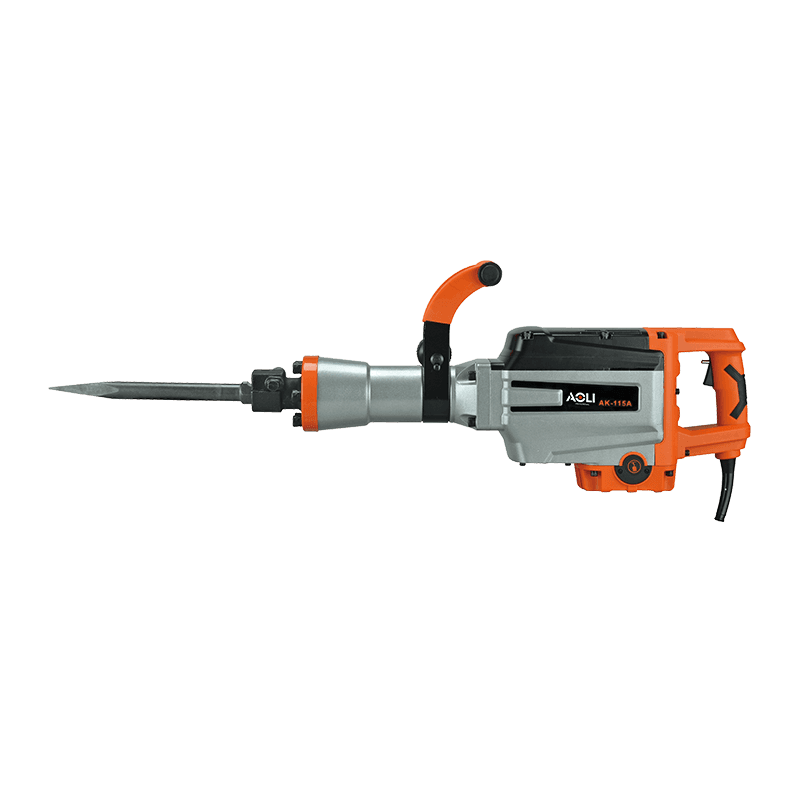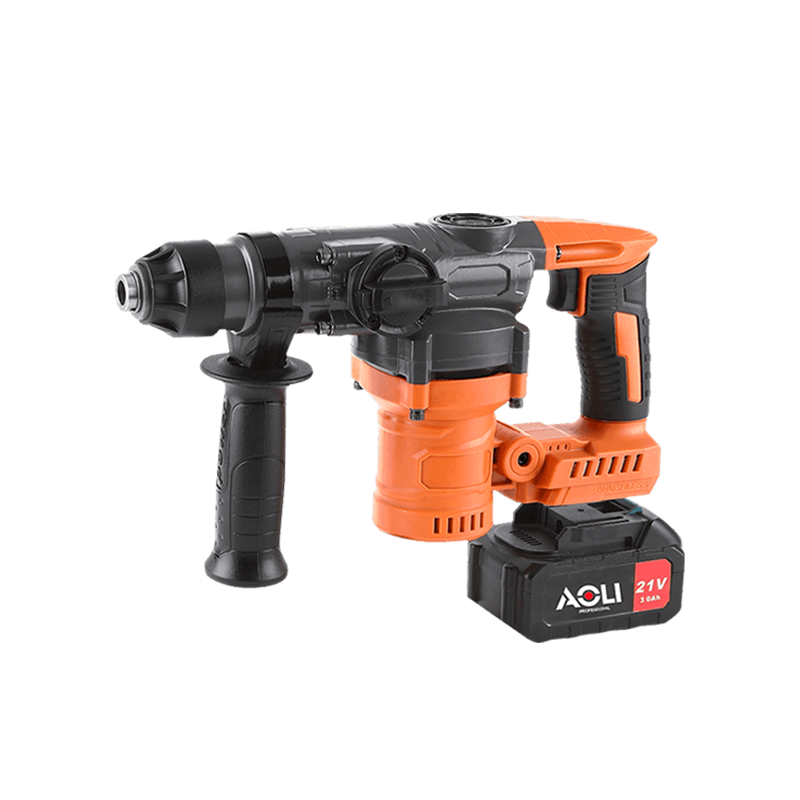Electric pick hammers, also known as motorized hammers, are essential power drill tools widely used in construction, demolition, and excavation projects. These versatile tools rely on sliding components to deliver powerful hammering action, making them indispensable assets for professionals and DIY enthusiasts alike. Proper cleaning and maintenance of the sliding components are crucial for ensuring the optimal performance and longevity of electric pick hammers.
Electric pick hammers are motorized tools designed to deliver rapid, repetitive hammering action to break up hard materials such as concrete, asphalt, and rock. They feature a piston-driven mechanism that moves back and forth within a cylinder, striking a chisel or pick attachment to deliver powerful blows. The sliding components, including the piston, cylinder, and seals, play a pivotal role in facilitating smooth and efficient operation.
Proper cleaning and maintenance of the sliding components are essential for several reasons:
1. Optimal Performance: Clean and well-lubricated sliding components ensure smooth movement and efficient transfer of power, allowing the electric pick hammer to deliver maximum impact force with minimal energy loss.
2. Prevention of Wear and Damage: Regular cleaning and lubrication help prevent friction and wear on the sliding components, reducing the risk of premature failure and extending the lifespan of the tool.
3. Safety: Properly maintained sliding components contribute to the safe and reliable operation of the electric pick hammer, minimizing the risk of malfunctions and accidents during use.
Cleaning Procedure
1. Disassembly: Before cleaning the sliding components, carefully disassemble the electric pick hammer according to the manufacturer's instructions. This typically involves removing the chisel or pick attachment, as well as any protective covers or housing.
2. Remove Debris: Use a brush, compressed air, or a vacuum cleaner to remove any dirt, dust, or debris from the sliding components, including the piston, cylinder, and seals. Pay special attention to areas where debris may accumulate, such as grooves and crevices.
3. Cleaning Solution: Prepare a cleaning solution using mild detergent or solvent and warm water. Dip a clean cloth or sponge into the solution and gently wipe down the sliding components to remove grease, oil, and other contaminants.
4. Rinse and Dry: After cleaning, rinse the sliding components thoroughly with clean water to remove any remaining detergent or solvent residue. Allow the components to air dry completely before reassembly.
Maintenance Procedure
1. Lubrication: Apply a thin layer of lubricant, such as silicone grease or petroleum-based lubricant, to the sliding components to reduce friction and ensure smooth movement. Avoid over-lubrication, as it can attract dirt and debris.
2. Inspect Seals: Check the seals on the piston and cylinder for signs of wear, damage, or deterioration. Replace any worn or damaged seals to prevent leakage and maintain optimal performance.
3. Reassembly: Carefully reassemble the electric pick hammer, ensuring that all components are properly aligned and secured according to the manufacturer's specifications. Tighten any fasteners or screws to the recommended torque.
4. Functional Test: Before returning the electric pick hammer to service, perform a functional test to ensure that the sliding components move smoothly and the tool operates correctly. Make any necessary adjustments or repairs as needed.
Proper cleaning and maintenance of the sliding components are essential for ensuring the optimal performance, longevity, and safety of electric pick hammers. By following the recommended cleaning procedure and regular maintenance schedule, users can minimize wear and damage, prevent malfunctions, and maximize the efficiency of these indispensable power drill tools in construction and demolition applications.

 English
English Español
Español русский
русский

